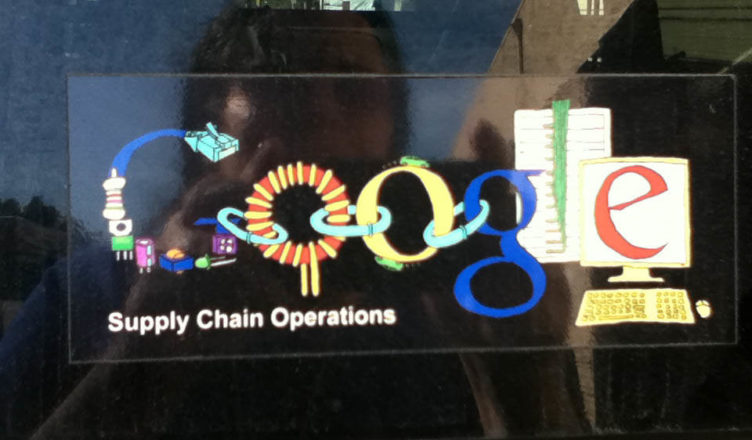The high-tech industry is one of the core sectors that has always been associated with innovation and adoption of newer business models. It is, therefore, no surprise that high-tech industry was one of the first to adopt a modern supply chain mechanism in line with the sectors innovating landscape. While supply chain for high tech industry remains highly innovative on an average, it is also quite complex owing to the ever-changing market dynamics and product lines of the industry.
The high-tech industry is not only defined by randomly changing product lines but also involves shorter product life cycles and associated market windows. The rise in the number of high tech industrial centers globally also adds pressure on the supply chain lines of high tech industrial enterprises to add with the pricing constraints. Any product innovation or diversification means associated inventory changes that are best correlated with a dynamic supply chain.
Designing SCM for high tech industry
A major challenge faced by almost all high tech industrial enterprises is the increasing regulation compliances which are also evolving with time and industry. Any conflicting inventory which is not as per the regulations for each region or country can add to the financial pressure of the enterprises. Thus, the supply chain for high tech industry needs to be designed smartly to cater to the exclusive needs of the industry.
While there can be one size that fits all supply chain solution as the supply chain for high tech industry will depend on various parameters, the design principles must offer solutions to some of the basic challenges and dilemmas being faced by the high tech industry enterprises.
SCM and the innovation edge
One big imperative that must be essentially a part of any supply chain for the high tech industry is that ability to retain its innovative edge. An enterprise may have the best of innovations and R&D, but if its supply chain fails to deliver the product or services before any rival enterprise, it may all call for nothing. In this highly competitive industry, the supply chain for high tech industry must remain free from any bottlenecks to allow for faster movement of both incoming raw materials and outgoing products and services at all times.
Supply chain solutions must offer a contingency plan
Contingency planning for supply chain for the high-tech industry is a must have core component. A popular example is the famous flooding in Thailand in 2011, which led to many electronic equipment manufacturers shutting their shops. The impact was felt across the globe since many of the buyers also had to completely close their operations. Globally enterprises had no option but to buy at higher costs to avoid production delays. So, any supply chain for high tech industry must cater for any such contingency plans to ensure supplies remain constant and within budgets.
Improved supply chain visibility
Since high tech enterprises usually have multiple product lines, the chances of supply chain being clogged remain high than other industries. A good supply chain plan must cater for an improved supply chain visibility where the top management can access the supply chain function and take a critical decision at a faster rate. Be it reducing pressure on supply chain lines or offering adequate cash flows; top management must work in collaboration with the supply chain managers at all times as an optimally designed supply chain.
Agile supply chains for regulatory changes
Regulatory clearances are ever changing in a global scenario. High tech industries are the ones that are directly related to ensuring compliance with all such regulations. An ideal supply chain for high tech industry must be agile enough to allow for all such regulatory changes at a global scale.
Predictive and prescriptive analytics—Must have tools for high tech industry SCM
The use of both predictive and prescriptive analytics is also a component which remains a must-have in any supply chain for the high-tech industry. With multiple device connectivities and the use of Internet of Things (IoT), unless enterprises adopt a predictive analytical model tracing possible trends in real-time to evaluate the future course of action, they may lose the supply chain edge compared to their more advanced rivals and peers.
Conclusion
Designing supply chain for high tech industry involves adequate planning and must offer solutions for all possible challenges and roadblocks as discussed.

